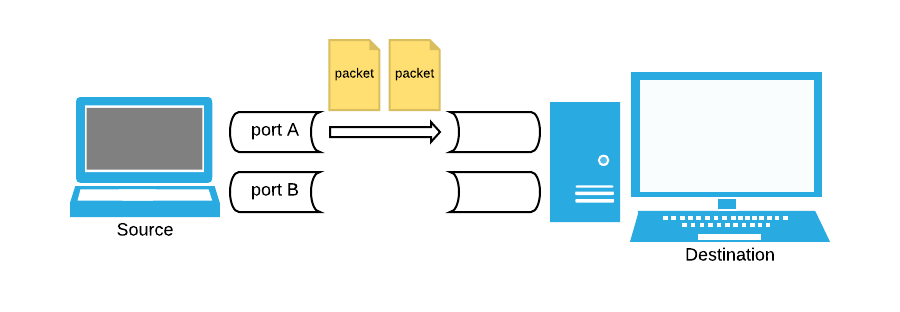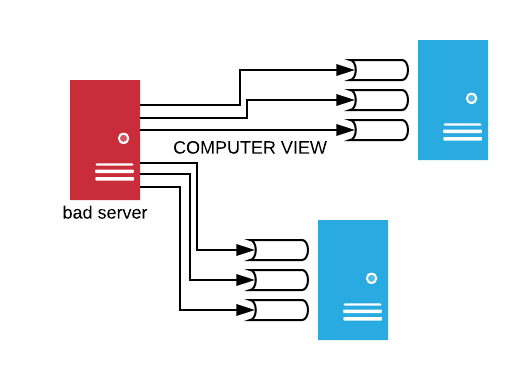Data fusion
Designing Machine Learning Workflows in Python

Dr. Chris Anagnostopoulos
Honorary Associate Professor
Computers, ports, and protocols

The LANL cyber dataset
flows: Flows are sessions of continuous data transfer between a port on a source computer and a port on a destination computer, following a certain protocol.
flows.iloc[1]
time 471692
duration 0
source_computer C5808
source_port N2414
destination_computer C26871
destination_port N19148
protocol 6
packet_count 1
byte_count 60
1 https://csr.lanl.gov/data/cyber1/
The LANL cyber dataset
attack: information about certain attacks performed by the security team itself during a test.
attacks.head()
time user@domain source_computer destination_computer
0 151036 U748@DOM1 C17693 C305
1 151648 U748@DOM1 C17693 C728
2 151993 U6115@DOM1 C17693 C1173
3 153792 U636@DOM1 C17693 C294
4 155219 U748@DOM1 C17693 C5693
How can we construct labeled examples from this data?
1 https://csr.lanl.gov/data/cyber1/
Labeling events versus labeling computers
A single event cannot be easily labeled.

But an entire computer is either infected or not.

Group and featurize
Unit of analysis = destination_computer
flows_grouped = flows.groupby('destination_computer')list(flows_grouped)[0]
('C10047',
time duration ... packet_count byte_count
2791 471694 0 ... 12 6988
2792 471694 0 ... 1 193
...
2846 471694 38 ... 157 84120
Group and featurize
From one DataFrame per computer, to one feature vector per computer.
def featurize(df):
return {
'unique_ports': len(set(df['destination_port'])),
'average_packet': np.mean(df['packet_count']),
'average_duration': np.mean(df['duration'])
}
Group and featurize
out = flows.groupby('destination_computer').apply(featurize)
X = pd.DataFrame(list(out), index=out.index)X.head()
average_duration ... unique_ports
destination_computer ...
C10047 7.538462 ... 13
C10054 0.000000 ... 1
C10131 55.000000 ... 1
...
[5 rows x 3 columns]
Labeled dataset
bads = set(attacks['source_computer'].append(attacks['destination_computer']))
y = [x in bads for x in X.index]
The pair (X, y) is now a standard labeled classification dataset.
X_train, X_test, y_train, y_test = train_test_split(X, y)
clf = AdaBoostClassifier()
accuracy_score(y_test, clf.fit(X_train, y_train).predict(X_test))
0.92
Ready to catch a hacker?
Designing Machine Learning Workflows in Python

